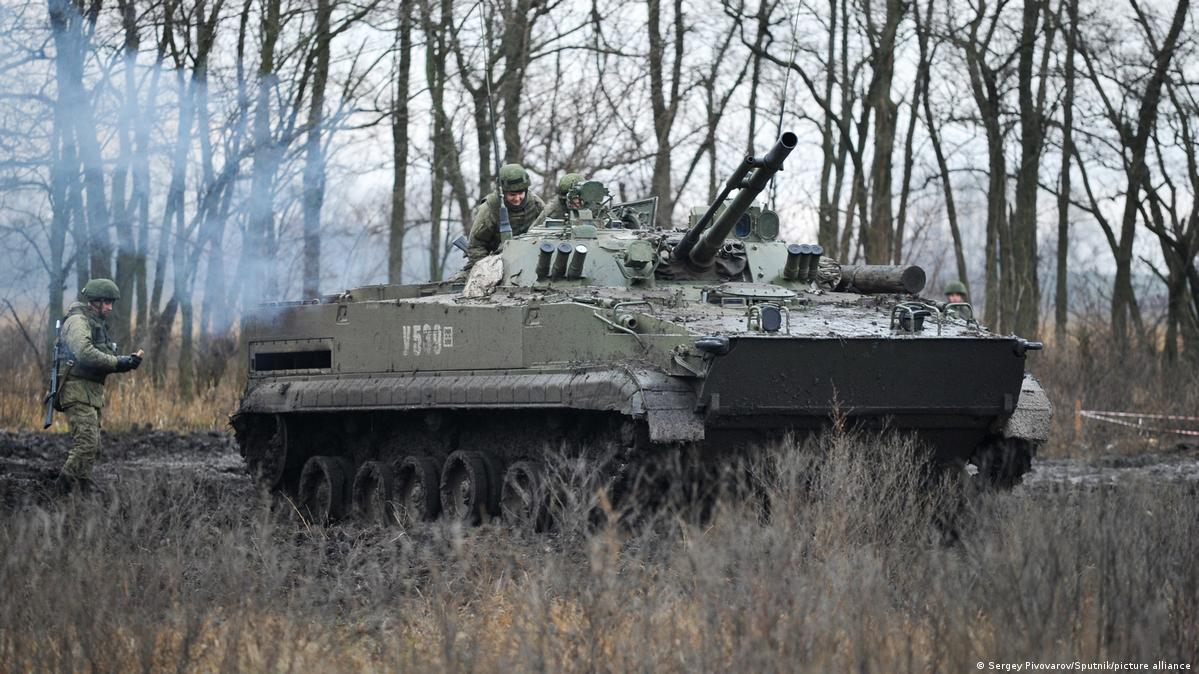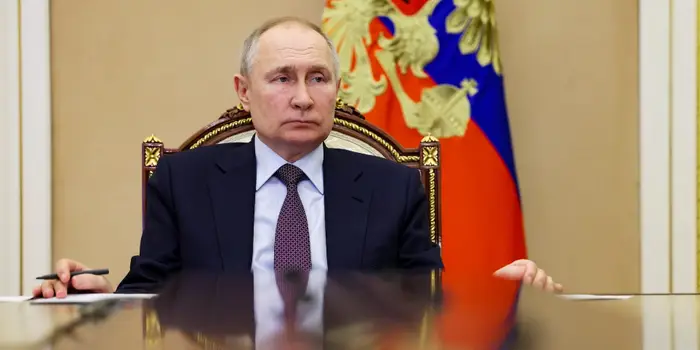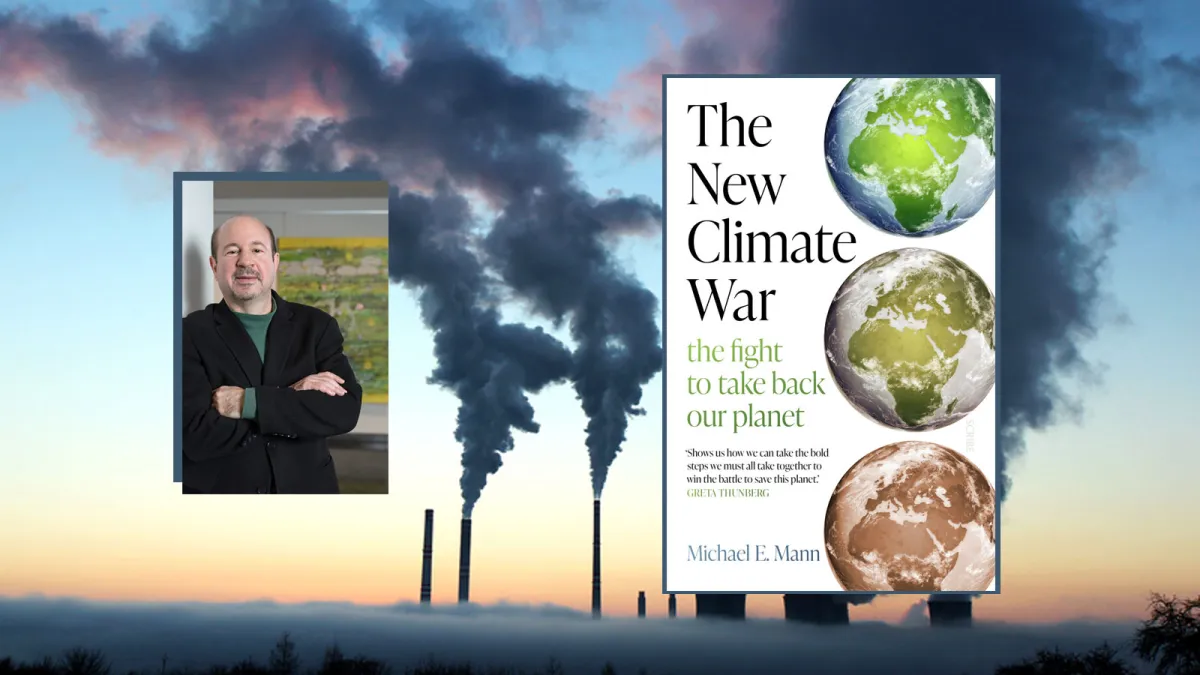As major NATO nations, led by the US, pledged to provide Ukraine with tanks, there was skepticism about whether this would be sufficient to change the outcome of the war against Russia. The truth is, Ukraine is struggling to maintain its ground as Russia continues to strengthen its military presence and attack Ukrainian defenses. The possibility of Ukraine being permanently divided into two opposing factions, one pro-Russian, and the other pro-NATO, is becoming increasingly likely.
President Volodymyr Zelensky has been clear with his expectations from the West, which include fighter jets, particularly US-made F-16s. Ukraine is eager to break the “taboo” of NATO aircraft being directly involved in the war, which would expand the conflict into Russian airspace and implicate Europe and the US in offensive actions.
However, many believe the taboo on supplying combat jets is not as strong as the former taboo on sending NATO tanks to Ukraine. As time goes by, NATO is becoming increasingly involved in the war, starting with sanctions, followed by defensive arms, then offensive weapons, and now the primary weapons for a land war. So, it’s not surprising that NATO is considering joining the air supremacy battle. NATO’s head, Jens Stoltenberg, recently stated, “Weapons are the way to peace,” but the reality may be the opposite.
Each step taken by NATO and the other involved parties increases the stakes and the risk of loss if they back down. The lack of negotiation and talks only intensifies the pressure to continue fighting. This now applies not only to Russia and Ukraine but also to Europe and the US, who have a significant stake in the conflict.
Germany’s foreign minister, Anna Baerbock, recently admitted that “We are fighting a war against Russia,” and Ukraine’s defense minister made a similar statement. A few dozen NATO tanks are unlikely to make a significant impact, and if Russia is able to disable them, the US and its allies will face a difficult decision: to accept defeat or escalate the conflict into the skies over Ukraine and Russia.
The international community was warned last month that the Doomsday Clock had moved 90 seconds to midnight, the closest humankind has come to global catastrophe since its creation in 1947, primarily due to the threat of the Ukraine war leading to a nuclear exchange. The only dissent from western leaders came from former US President Donald Trump, who wrote, “FIRST COME THE TANKS, THEN COME THE NUKES. Get this crazy war ended, NOW.”
Russia has strong reasons to believe that its struggle is existential and will not allow Ukraine to become a NATO military base on its doorstep. New information emerging from behind the scenes tends to support Russia’s narrative, not NATO’s. The more weapons the US and Europe send to Ukraine and the less they pursue talks, the more Moscow will believe it was right to fight and must continue fighting. Ignoring this reality does not change it.
Even former British Prime Minister Boris Johnson indirectly challenged NATO’s claim of not having provoked Russia. In a recent BBC documentary, Johnson recollected a conversation with Vladimir Putin before the invasion, in which Putin expressed concerns about NATO expansion. The more weapons and less negotiation, the more convinced Moscow will become that it was right to fight and that it must keep fighting.
Free Speech and Alternative Media are under attack by the Deep State. Real News Cast needs reader support to survive.
Every dollar helps. Contributions help keep the site active and help support the author (and his medical bills)
Please Contribute via GoGetFunding



